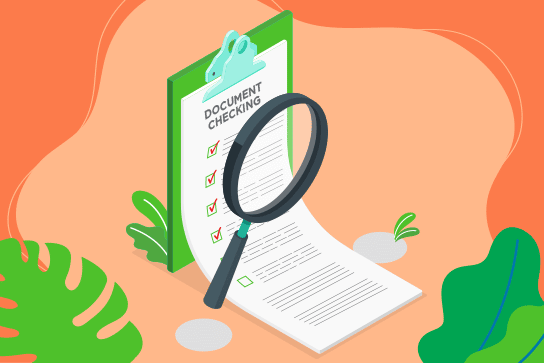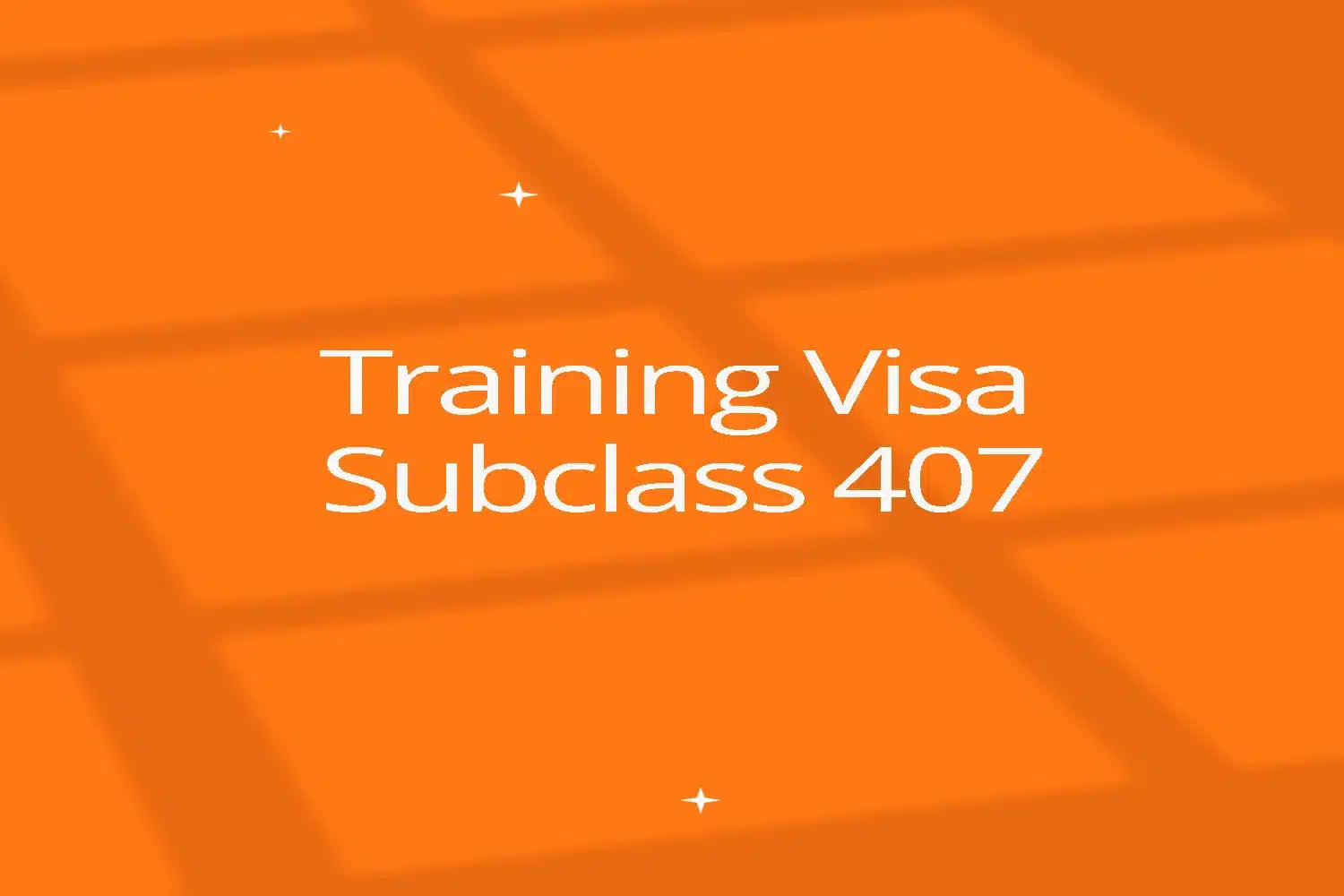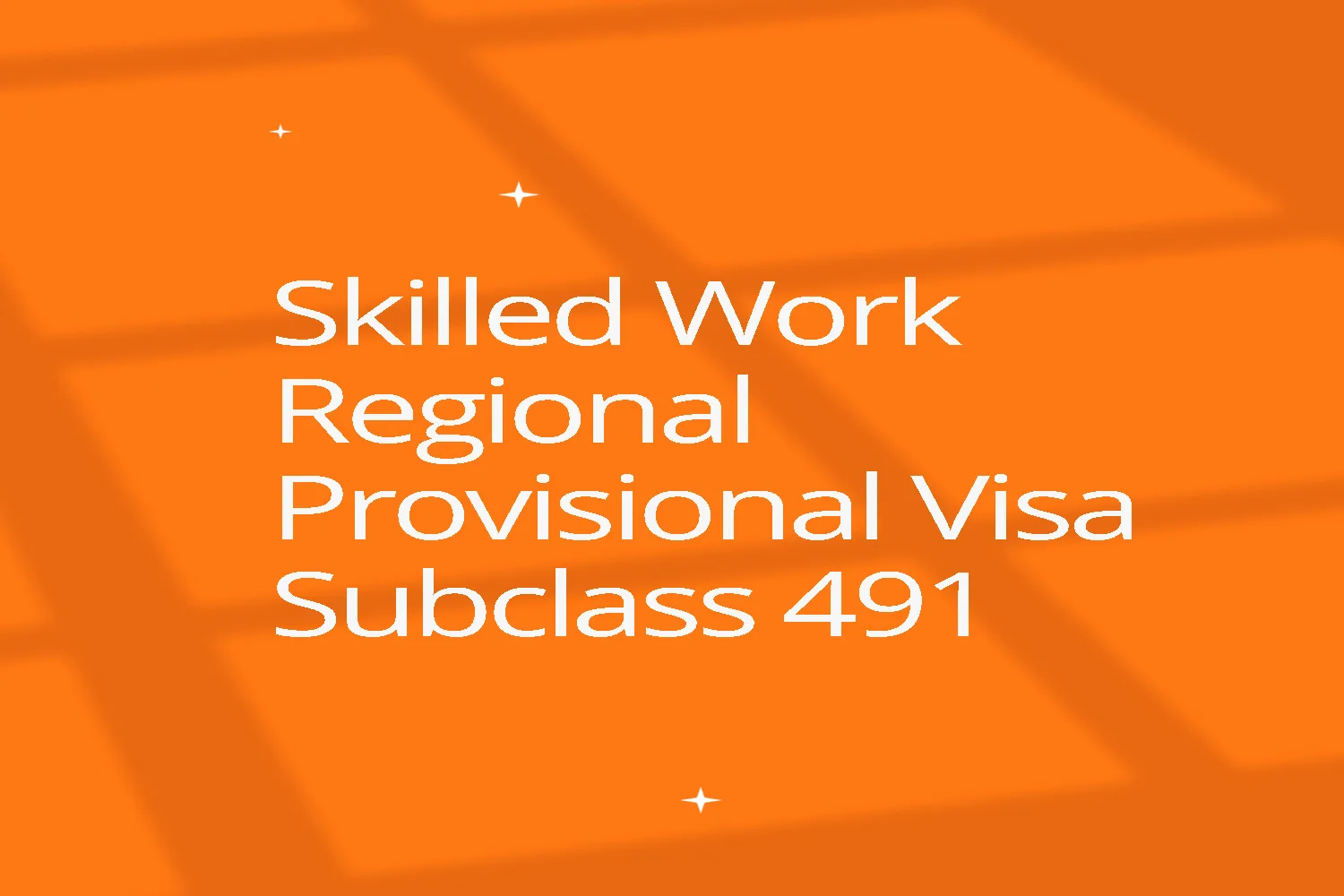Skill Level: 1 | Assessing Authority: AOAC
Job description
Diagnoses and treats tissue strains, stresses and dysfunctions which impede normal neural, vascular and biochemical mechanisms, and provides advice on preventing these disorders. Registration or licensing is required.
Tasks Include:
- administering a variety of neurological, musculoskeletal and functional tests to identify and assess physical problems and ailments of patients
- planning and discussing effective management of patients’ dysfunction
- designing, reviewing, monitoring, assessing and evaluating treatment programs
- assisting and improving the function of all body systems such as musculoskeletal, neurological, cardiovascular, respiratory, gastrointestinal, endocrine and genitourinary systems
- recording detailed patient medical histories, treatments delivered and the patients’ responses and progress to treatments
- referring patients to specialists and liaising with other Health Professionals in relation to patients’ problems, needs and progress
- educating patients, their partners, family and friends in therapeutic procedures, such as home exercises and lifestyle changes, to enhance patients’ health and wellbeing
Skills Assessment Criteria
There are two assessment pathways available to overseas-qualified osteopaths seeking registration in Australia with the OsteoBA. Both pathways require candidates to undertake various activities before Registration is granted. The requirements of the two pathways are outlined below.
Competent Authority Pathway
The Competent Authority Pathway (CAP) is available to overseas-qualified osteopaths who have successfully completed an eligible programme of study and hold current registration with the General Osteopathic Council (GOsC).
The Competent Authority Pathway procedure consists of two steps.
Stage 1: Desktop Assessment
In the initial assessment process, require a candidate must fill out the Application form 1C for the Assessment of Eligibility to Undertake the Professional Examinations in Osteopathy and include all of the required documents such as qualifications, registration.
Stage 2: Assessment (Open Book Examination (OBE))
After passing stages 1-4, candidates are eligible to take the Open Book Exam (OBE) based on the Information on the Practise of Osteopathy in Australia. This test is multiple-choice and can be taken at your convenience online.
Standard Pathway Assessment
This pathway is open to applicants from any country (including the UK) who hold an osteopathic certificate that has been benchmarked as academically equivalent to an Australian or New Zealand bachelor’s degree.
The Standard Pathway Assessment procedure consists of five steps.
Stage 1: Desktop Assessment
In the initial assessment process, require a candidate must fill out the Application form 1C for the Assessment of Eligibility to Undertake the Professional Examinations in Osteopathy and include all of the required documents such as qualifications, registration.
The initial assessment can take up to 10 working days from the submission date.
Stage 2: Written Examination
The written examination is the second part of the AOAC Assessment process and consists of a three-hour exam with questions on two main topics: safe osteopathy practise and evidence-based therapy and management.
Stage 3: Online Practical Assessment
The candidate must complete two simulated osteopathy patient consultations and respond to questions about data collection, patient examination plans, differential diagnoses, red and yellow flags, likely diagnoses, prognosis, and management planning.
Stage 4: Face to face Practical Assessment
Candidates will need to show their competence in osteopathy practise in a safe and effective manner.
- 120-minute Objective Structured Clinical Examination (OSCE) involving simulated patient and,
- 3 patient consultations with actual patients
Stage 5: Assessment (Open Book Examination (OBE))
After passing stages 1-4, candidates are eligible to take the Open Book Exam (OBE) based on the Information on the Practise of Osteopathy in Australia. This test is multiple-choice and can be taken at your convenience online.
English Language Requirement
If English is not your first language or if your course of study was not taught in English, you must provide proof of completion of an English language test. The applicant must provide an English proficiency test report within three (3) years from the test date. AOAC will only accept one (1) of the following English language test reports:
- International English Language Testing System (IELTS) – at least 7.0 or higher for each of the 4 test components, or
- Test of English as a Foreign Language (TOEFL) – At least 24 for listening, 24 for reading, 27 for writing and 23 for speaking (total score of 98 points or higher), or
- Pearson Test of English Academic (PTE Academic) – At least 65 points for each of the 4 test components.
Documents Requirement
Here is a summary of the list of documents you need in order to send in your application for the skills assessment. Please check CCEA for a complete list of all the document requirements. Documents written in a language other than English have to be translated by a professional translator first.
- Passport and passport photo
- Proof of identity, including a national ID or driver’s license
- Birth Certificate
- Qualification certificate and academic transcript
- Resume/CV
Source from: AOAC
Skill Assessment Agency Services
Most of the evidence documentation required for your skills assessment is also required for your visa application. Ozlinks Education is an agency that can assist you in understanding and meeting the skill assessment criteria, giving you the best chance of a positive result. Click here to learn more about how our agency service can assist you.
Skill Assessment Assistance





